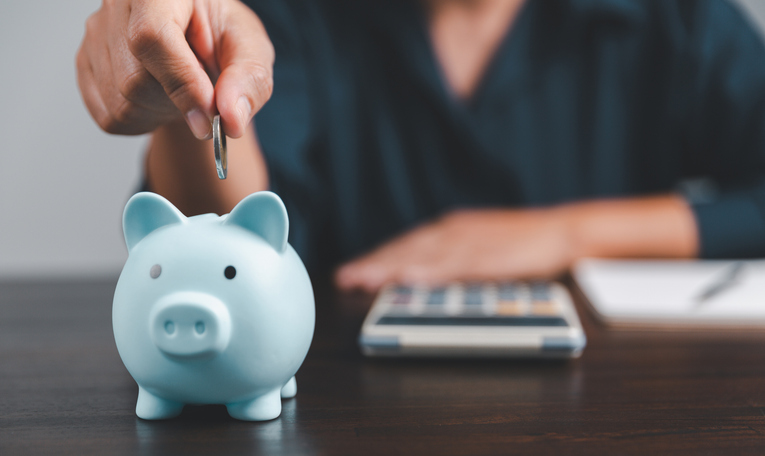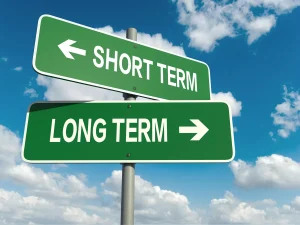Many people often find themselves in a constant state of financial balancing, striving to meet their expenses, save for the future, and still enjoy life. Budgeting doesn’t have to be restrictive. It’s not about saying “no” to everything—it’s about making intentional choices with your money. Taking control of your finances starts with finding a budgeting method that fits your lifestyle, goals, and income. Whether you’re paying off debt, saving for a vacation, or simply trying to get organized, the right strategy can make a significant difference. Below, we’ll explore some of the most effective budgeting methods to help you transform your financial habits and regain peace of mind.
The 50/30/20 Rule
One of the simplest and most popular frameworks to organize your finances is the 50/30/20 rule. Designed for flexibility and minimal micromanagement, this method divides your income into three categories. First, allocate 50% of your after-tax income to “needs.” These are your essential expenses like rent or mortgage, utilities, groceries, and insurance. Next, allocate 30% to “wants,” which cover discretionary spending like dining out, hobbies, and entertainment. Finally, dedicate 20% of your income to savings and debt repayment.
This rule works well for those who don’t want to track every little expense but still desire a sense of structure and control. Its simplicity makes it especially appealing for beginners who are new to budgeting. However, to make this method work, you’ll need to distinguish clearly between a “need” and a “want.” For example, while groceries fall under “needs,” splurging on expensive organic products might belong to your “wants” budget. Adapting the rule to your unique financial situation is key to its success.
Zero-Based Budgeting
Zero-based budgeting is all about giving every dollar a job. At the start of each month, you create a plan where your total income minus your expenses equals zero. This doesn’t mean you’re left with no money—it just ensures that every cent has a purpose, whether it’s for bills, savings, investments, or even fun purchases.
This method is especially effective for individuals or families who want to closely monitor their spending habits. It requires you to actively decide where your money will go before you spend it, making it ideal for people looking to pay off debt or build savings aggressively. For example, if you earn $3,000 per month, you might allocate $1,200 for fixed expenses, $500 for savings, $300 for debt repayment, and $1,000 for variable costs like groceries and transportation.
While zero-based budgeting can be highly effective, it does require active participation and frequent updates to account for any changes in your income or expenses. Budgeting apps such as EveryDollar or YNAB (You Need A Budget) can simplify the process by providing tools to track your plans and spending in real-time.
Envelope Budgeting
Envelope budgeting, a proven method that has been around for decades, is a hands-on approach to managing your money. The concept is simple yet powerful. At the beginning of the month, you set aside cash for specific spending categories like groceries, dining out, or transportation, and place the money into physical envelopes labeled with those categories. Once the envelope is empty, you’ve reached your spending limit for that category until the next month.
Envelope budgeting is a fantastic way to curb overspending, as it forces you to stick to the cash allocated within your envelopes—there’s no “borrowing” from other categories. While this method might seem old-fashioned in the age of digital payments, many modern tools, such as budgeting apps, have adapted the envelope system digitally, allowing you to track expenses and set virtual limits.
That said, the cash-based approach can be particularly useful for anyone who tends to overspend when using credit or debit cards. However, envelope budgeting might not work as seamlessly for large or irregular expenses like medical bills, which require more flexible planning. The key here is discipline—when the cash runs out, resist the urge to overspend and instead evaluate your priorities.
Tracking Expenses
Before you can successfully stick to any budget, you need to have a clear understanding of where your money is going. Tracking expenses is a foundational step in gaining financial control. Begin by gathering receipts, scrutinizing bank statements, and closely monitoring your recurring expenses. Track every dollar you spend for at least a month—this will give you insight into your spending habits and help you identify areas where you’re overspending or could cut back.
By understanding your financial patterns, you can allocate money more effectively within your budget categories. For instance, you might notice you’re spending $200 a month on streaming services, eating out, or overly frequent coffee runs. Once you pinpoint these areas, you can decide to reallocate that money toward savings or debt reduction instead.
One useful way to track expenses is by using apps like Mint, PocketGuard, or even a simple spreadsheet. Tracking your spending doesn’t have to be tedious—it can feel empowering as you gain clarity over your finances. Consistently updating and reviewing your expense tracking will also help you adjust for unexpected costs, such as car repairs or a medical emergency, and prepare you for the months ahead.
Building Financial Confidence
Adopting a universal solution is not necessary to regain financial control. Budgeting is deeply personal, and the best method for you depends on your goals, habits, and financial situation. Small, conscious shifts in how you manage your money will build momentum over time, ultimately leading to greater financial freedom.
Take time to experiment with different methods, like the flexibility of the 50/30/20 rule, the structure of zero-based budgeting, or the practicality of envelope budgeting. Combine these efforts with meticulous expense tracking, and you’ll be well on your way to achieving financial confidence. Remember that no method works overnight—budgeting is a skill that improves with consistent effort and practice.
Above all, budgeting isn’t about perfection; it’s about progress. Each small step counts, whether it’s saving an extra $20 this month or sticking to your dining-out budget for the first time. Celebrate your wins, learn from any setbacks, and keep pushing forward.
FAQs
1. Which budgeting method is best for beginners?
The 50/30/20 rule is often recommended for beginners because of its simplicity and low-maintenance approach. It requires less time and effort than more intricate systems like zero-based budgeting.
2. Can I combine budgeting methods?
Yes! Many people choose to mix and match elements from different systems to create a customized budget. For example, you can track expenses while following the envelope system or integrate zero-based planning with the 50/30/20 rule.
3. What tools or apps can help with budgeting?
Apps like Mint, YNAB, EveryDollar, and PocketGuard are excellent tools for tracking spending and helping you stay within your budget. They’re easy to use and often include features like reminders and automated analyses.
4. How should I handle irregular expenses?
Set aside a part of your monthly income in a “miscellaneous” or “emergency” category for irregular or unexpected costs. Over time, this will act as a financial cushion.




